Archives
- 2025-11
- 2025-10
- 2025-09
- 2025-03
- 2025-02
- 2025-01
- 2024-12
- 2024-11
- 2024-10
- 2024-09
- 2024-08
- 2024-07
- 2024-06
- 2024-05
- 2024-04
- 2024-03
- 2024-02
- 2024-01
- 2023-12
- 2023-11
- 2023-10
- 2023-09
- 2023-08
- 2023-07
- 2023-06
- 2023-05
- 2023-04
- 2023-03
- 2023-02
- 2023-01
- 2022-12
- 2022-11
- 2022-10
- 2022-09
- 2022-08
- 2022-07
- 2022-06
- 2022-05
- 2022-04
- 2022-03
- 2022-02
- 2022-01
- 2021-12
- 2021-11
- 2021-10
- 2021-09
- 2021-08
- 2021-07
- 2021-06
- 2021-05
- 2021-04
- 2021-03
- 2021-02
- 2021-01
- 2020-12
- 2020-11
- 2020-10
- 2020-09
- 2020-08
- 2020-07
- 2020-06
- 2020-05
- 2020-04
- 2020-03
- 2020-02
- 2020-01
- 2019-12
- 2019-11
- 2019-10
- 2019-09
- 2019-08
- 2019-07
- 2019-06
- 2019-05
- 2019-04
- 2018-11
- 2018-10
- 2018-07
-
br Conclusions Momordica species may be considered as a
2018-10-22

Conclusions Momordica species may be considered as a nutritious vegetable and can play a role in health improving attributes of their wide range of functional components. The green fruits, azidothymidine and stems were rich sources of triterpenoids, carotenoids, phenolics that could potentially
-
Introduction Considering the importance of food safety
2018-10-22
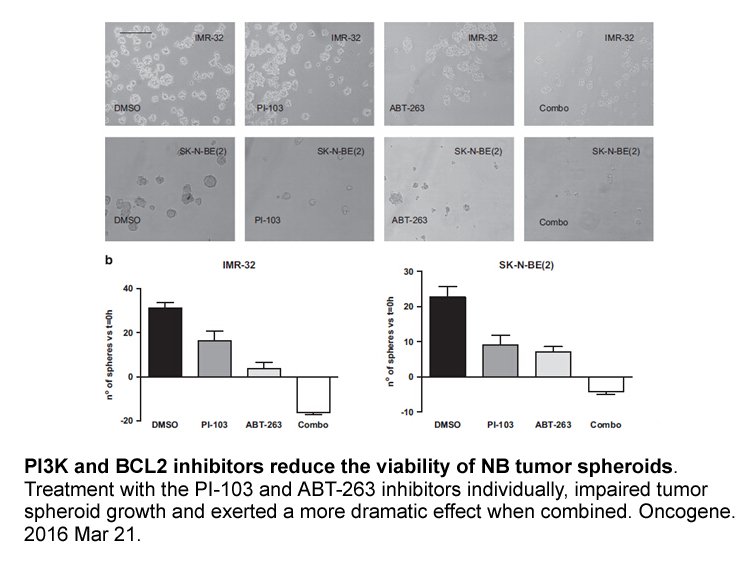
Introduction Considering the importance of food safety and quality, more attention is being paid to the health of consumers [1]. However, due to nutrients deficiencies in human societies especially in certain periods of life, embracing, importing, and consumption of fortified foods is increasing [2
-
Here we report a procedure to derive
2018-10-22
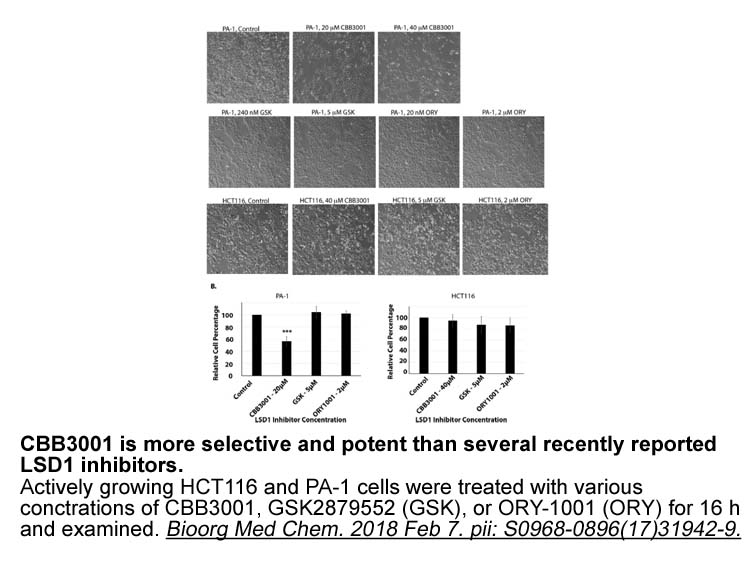
Here, we report a procedure to derive definitive endoderm cells from hESCs with high efficiency, while culturing them on covalently-bound laminin circular patches of 120μm in diameter. Subsequent exposure to keratinocyte growth factor converted these adherent buy Atractyloside Dipotassium Salt into
-
Several culture techniques have been developed for
2018-10-22
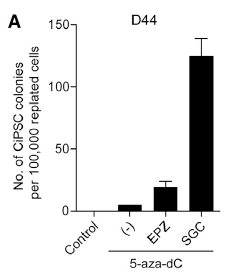
Several culture techniques have been developed for ex vivo expansion of limbal epithelial cells, including those that used intact or denuded AM as a supporting matrix; adopted an airlifting technique to promote epithelial differentiation; and prepared 3T3 fibroblasts as feeder layers (Sun et al., 20
-
br Materials and methods br Results br Discussion
2018-10-22
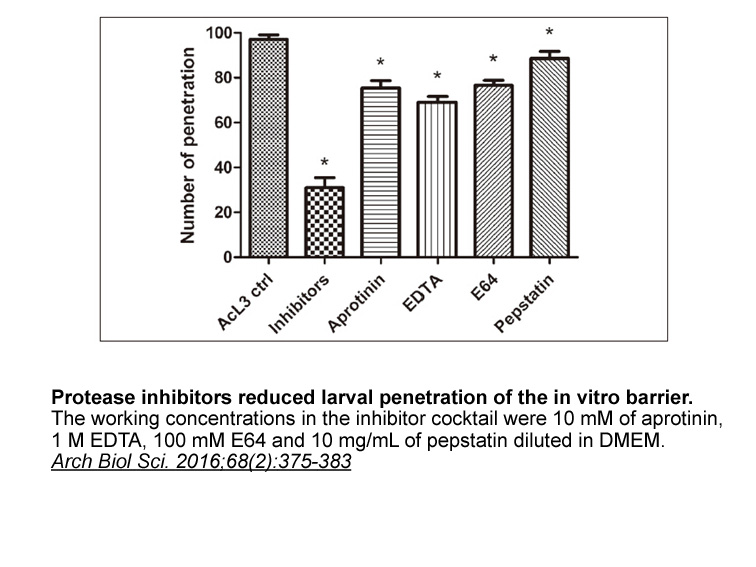
Materials and methods Results Discussion Several studies have demonstrated the benefits of bone-marrow cell transplantation in different models of GS1101 ischemia, as well as in other brain injuries (de Vasconcelos Dos Santos et al., 2010; Qu et al., 2008; Zaverucha-do-Valle et al., 2011).
-
NVP-BGJ398 br Results br Discussion TALEs are natural effect
2018-10-22
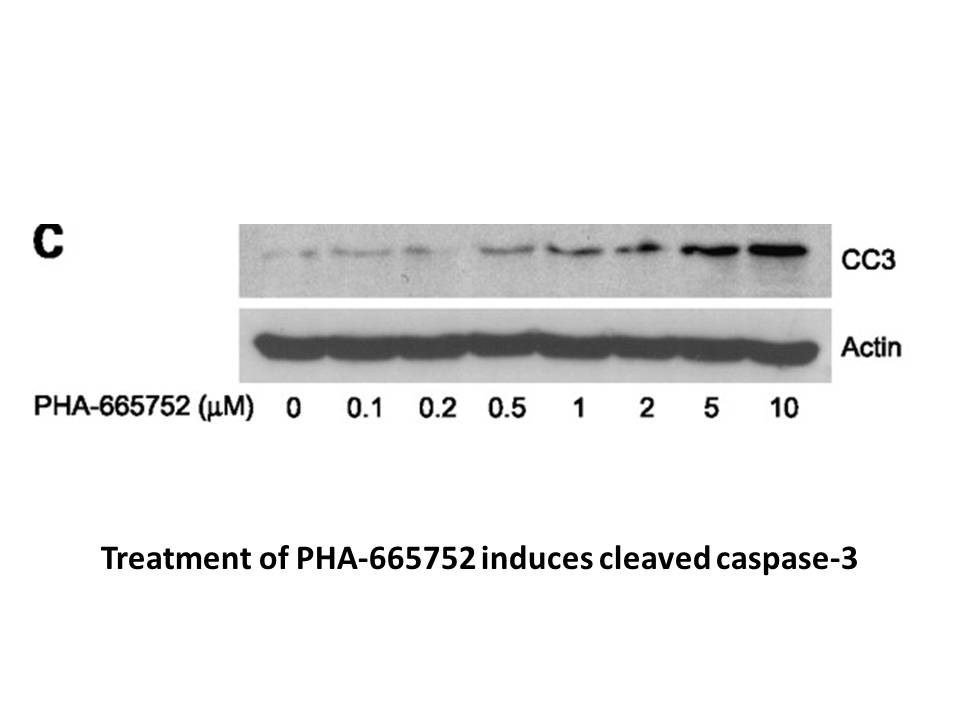
Results Discussion TALEs are natural effector proteins secreted by Xanthomonas and Ralstonia bacteria. These proteins regulate gene expression in host plants and thus facilitate bacterial survival and colonization (Moscou and Bogdanove, 2009). TALE contains a DNA-binding domain consisting of 3
-
The gain of q is
2018-10-22
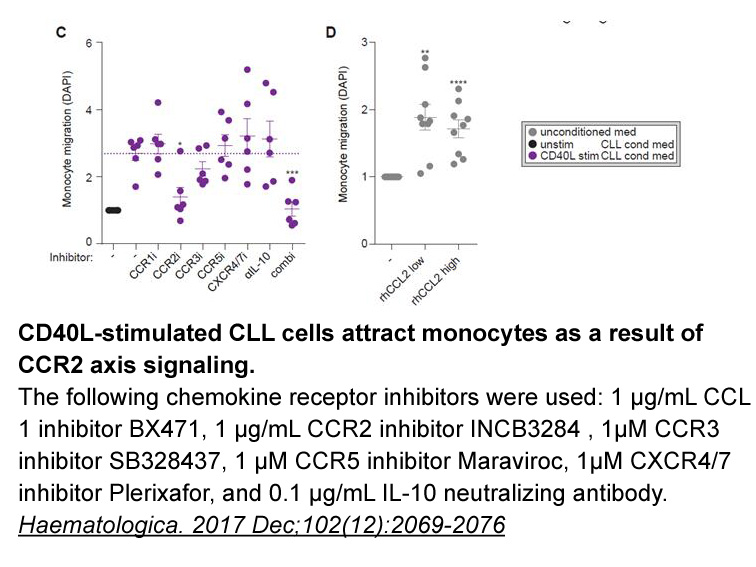
The gain of 20q11.21 is not specific to pluripotent PF-2341066 Supplier and is a common feature of many screened cancer cells and cancer types in which knockdown of BCL2L1 is detrimental to cancer cell proliferation (Beroukhim et al., 2010). It has also been suggested that 20q amplification is stron
-
So far literature on A R has been in
2018-10-22

So far, literature on A1R has been in favor of a prevailing role played by these receptors in the activation of osteoclasts (Kara et al., 2010; He and Cronstein, 2012) and some findings showed that the blockade of these AR may induce favorable effects on osteoporosis or fracture healing. However, ou
-
It is known that the
2018-10-22
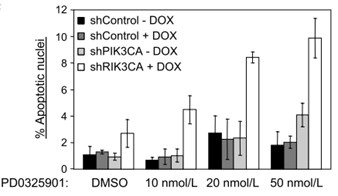
It is known that the expression of genes involved in differentiation pathways of hBMSCs can be influenced by mechanical stimuli (Friedl et al., 2007). Different groups have shown that ESW offer great beneficial potential in the treatment of patients suffering from different conditions, including inj
-
A whole genome transcriptome analysis
2018-10-22
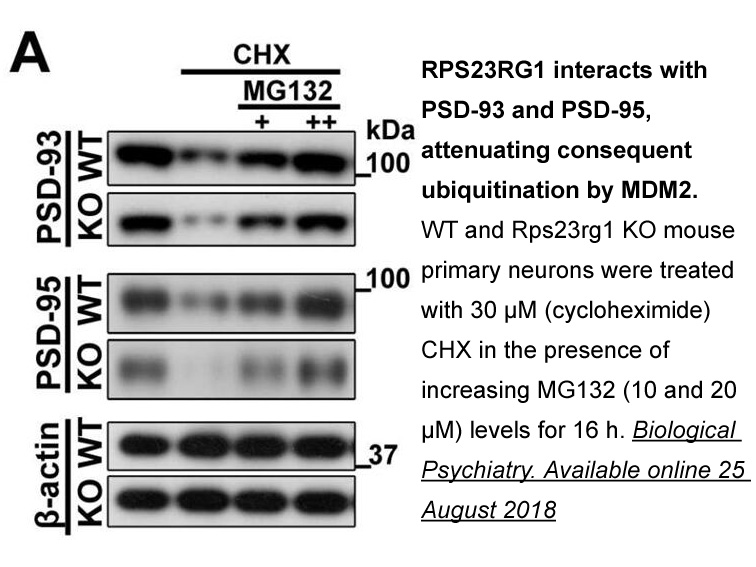
A whole genome transcriptome analysis was carried out to clarify the mechanisms of the cell type specific cytotoxicity of HDAC inhibition on the abnormal cells. The transcriptome analysis revealed the HDAC inhibitor responsive genes in the normal and abnormal cells. The genes with altered levels in
-
buy LY335979 Previous in vitro characterization of compensat
2018-10-20
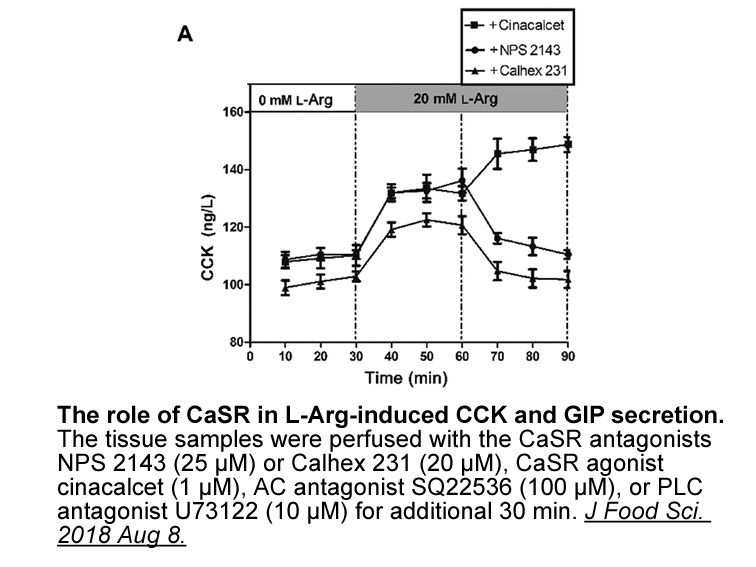
Previous in vitro characterization of compensatory TSC differentiation was performed at 20% O2 with a dose of benzopyrene or hyperosmolar stress that activated maximal stress enzyme (Zhong et al., 2010; Xie et al., 2010). When O2 levels are optimized, the highest growth and the least stress (activat
-
Carbon birth dating is an approach devised by the Frisen
2018-10-20

Carbon-14 birth dating is an approach devised by the Frisen group to monitor cellular turnover in tissue (Bergmann et al., 2009). This strategy makes use of the transient increase of carbon-14 (14C) in the actin polymerization inhibitor due to a period of above ground nuclear testing that ended in t
-
Defining regeneration as the replacement of missing structur
2018-10-20
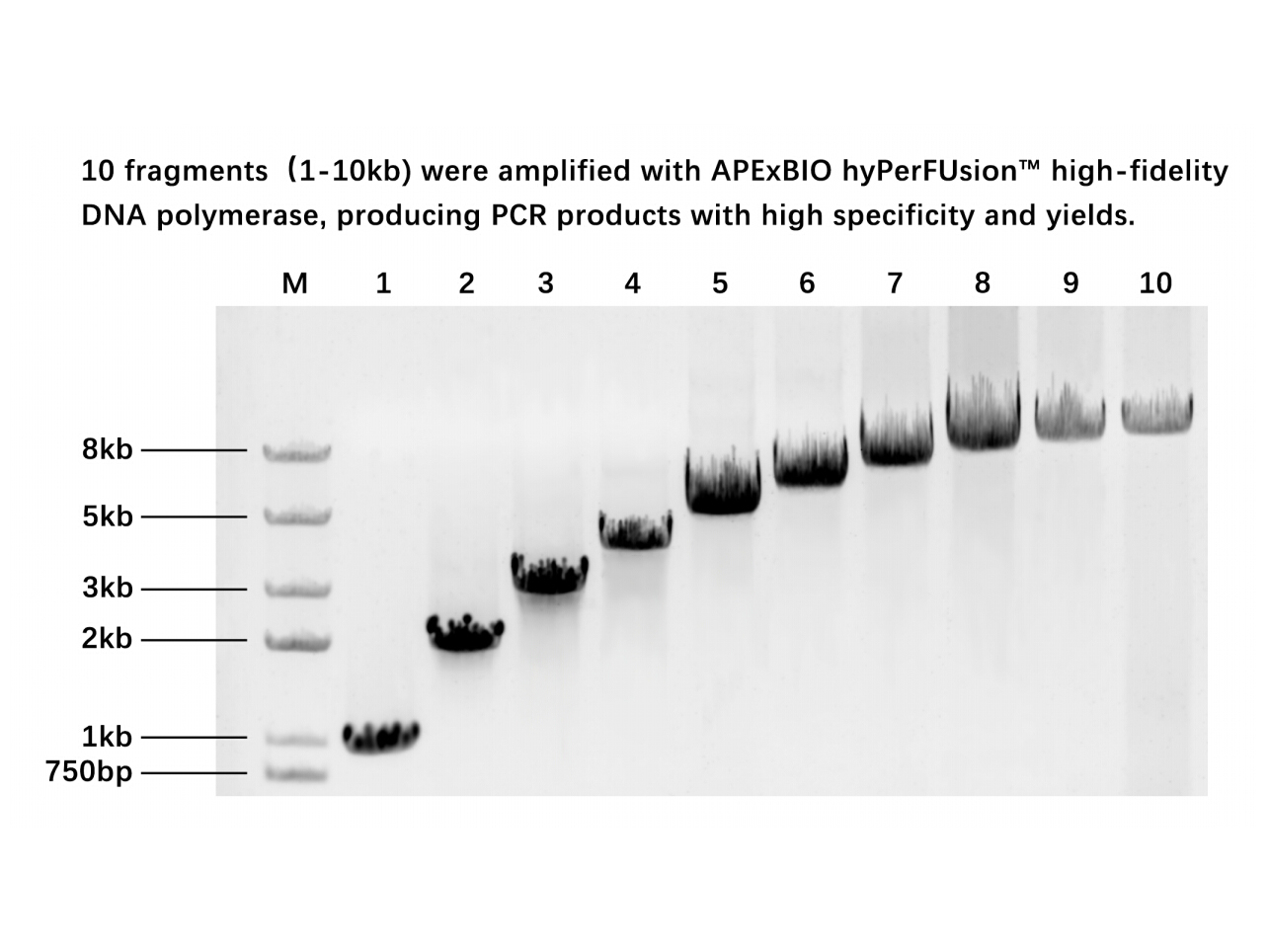
Defining regeneration as “the replacement of missing structures following injury” (Morgan, 1901), compensatory lung growth after pneumonectomy is an extraordinary example of mammalian tissue regeneration. After left pneumonectomy, the missing lung tissue is not regrown orthotopically in the left hil
-
Results br Discussion In this study
2018-10-20

Results Discussion In this study, we described the differentiation of hiPSCs into efficient functional ECs and compared them with hESC-ECs. We have found that hiPSCs, similar to hESCs, can be differentiated into ECs by the use of a sequential combination of FLK1-positive (EPC marker) and CD31-po
-
Placental growth factor PlGF is an angiogenic
2018-10-20
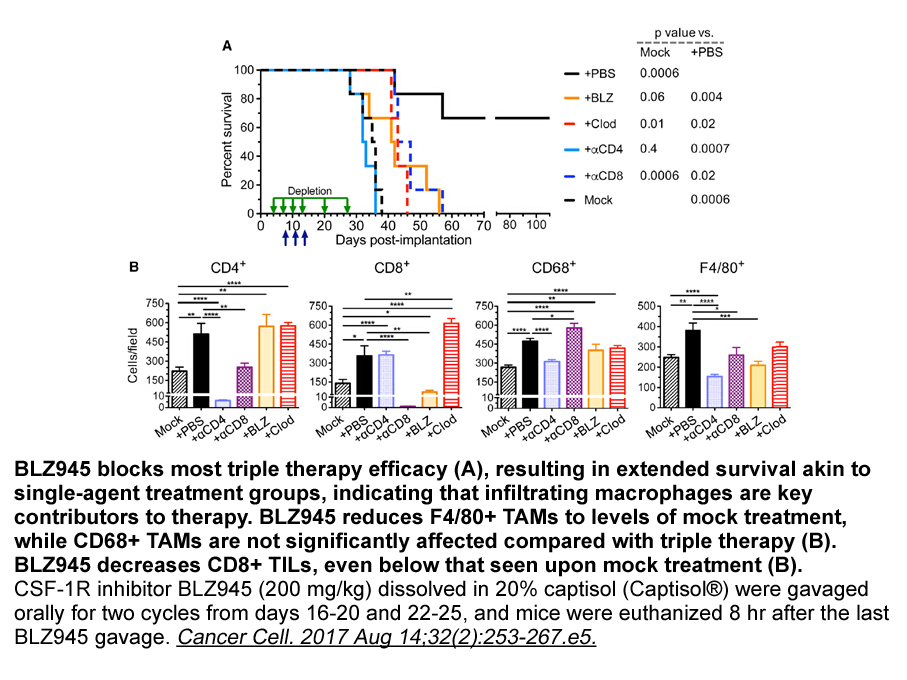
Placental growth factor (PlGF) is an angiogenic protein often highly upregulated in solid tumors contributing to their growth and survival (Kim et al., 2012). PlGF can promote angiogenesis either by directly stimulating endothelial cell growth or by recruiting pro-angiogenic cell types. Of the two m
15998 records 1065/1067 page Previous Next First page 上5页 10611062106310641065 下5页 Last page